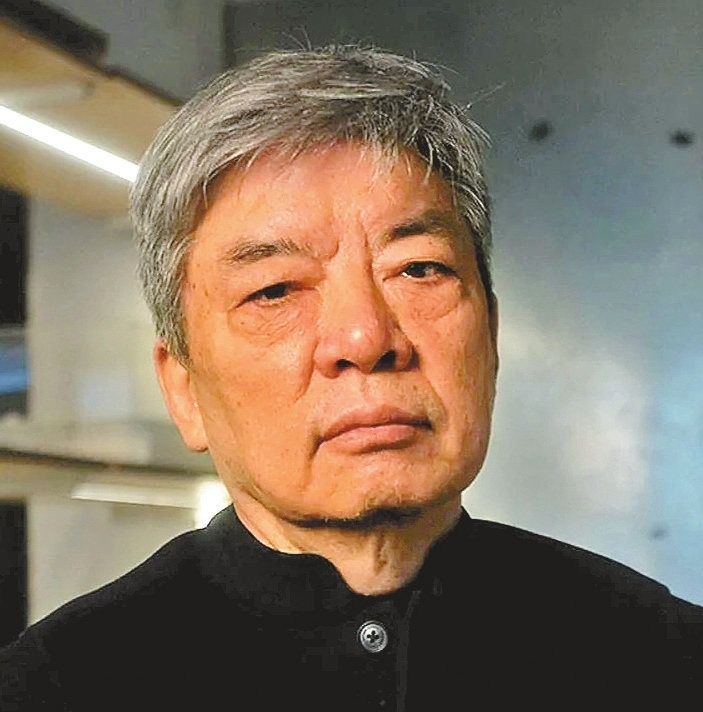
THROUGHOUT its 46-year history, architecture’s most prestigious prize has often been won by icon-builders: the apparent lone geniuses who imprint their visions, signature-like, on the world. This year’s Pritzker Prize, often dubbed the “Nobel of architecture,” has nevertheless gone to a man who actively avoids having a recognizable style. Liu Jiakun, unveiled as 2025’s laureate Tuesday, has spent much of his four-decade career designing understated academic buildings, museums and public spaces in his home city of Chengdu and nearby Chongqing, in China’s southwest. His hyper-local and self-admittedly “low-tech” techniques have come at the expense of a distinctive aesthetic. Liu has quietly thrived by letting each site — and the history, nature and craft traditions surrounding it — shape his designs, not vice versa. Whether repurposing earthquake debris or creating voids in which native wild flora can flourish, methodology matters more than form. “I try my best to penetrate and understand the place … then, when the time is right, it will solidify, and the idea of the building will appear,” said the 68-year-old architect, adding: “A fixed style is a double-edged sword. It can make others remember you quickly, but it also binds you and makes you lose a certain freedom.” Liu’s firm, Jiakun Architects, has completed over 30 projects — all in China — in almost as many years. The architect has often turned to China’s history for inspiration. Traditional pavilions informed the flat rooftop eaves of his Museum of Imperial Kiln Brick in Suzhou; the wraparound balconies of the Shanghai campus he designed for Swiss pharmaceutical firm Novartis evoke a tiered pagoda. But these nods to the past are never for history’s sake alone, Liu said. “I focus on the themes that tradition focuses on, rather than the forms that tradition presents,” he explained. In other words, elements of traditional architecture must be reinterpreted for functional, modern use, not used as tributes to a bygone time. “Traditional forms … are the results of the culture, technology and people’s philosophy of survival at that time,” Liu explained. “If we focus on the superficial results, we will stop at that time. But if we focus on the themes that tradition has always focused on, but use current technology and methods, then there’s a continuation of tradition.” Liu was born in Chengdu in 1956 and has lived and worked in Sichuan ever since. After graduating with bachelor of engineering in architecture in 1982 from the then Institute of Architecture and Engineering in Chongqing (now Chongqing University), he gave up architecture and began writing novels. A decade later, he attended a friend’s architectural exhibition and decided to resume his old passion and continue practicing design. He established Jiakun Architects, one of the country’s very first private practices, in 1999. “China’s cities are developing very fast, so they face two major challenges,” he explained. “One is the relationship with public space, and the other is the relationship with nature. I think my works focus on these two aspects.” Liu will receive his award at a ceremony in Abu Dhabi, United Arab Emirates, later this spring. (SD-Agencies) | 
